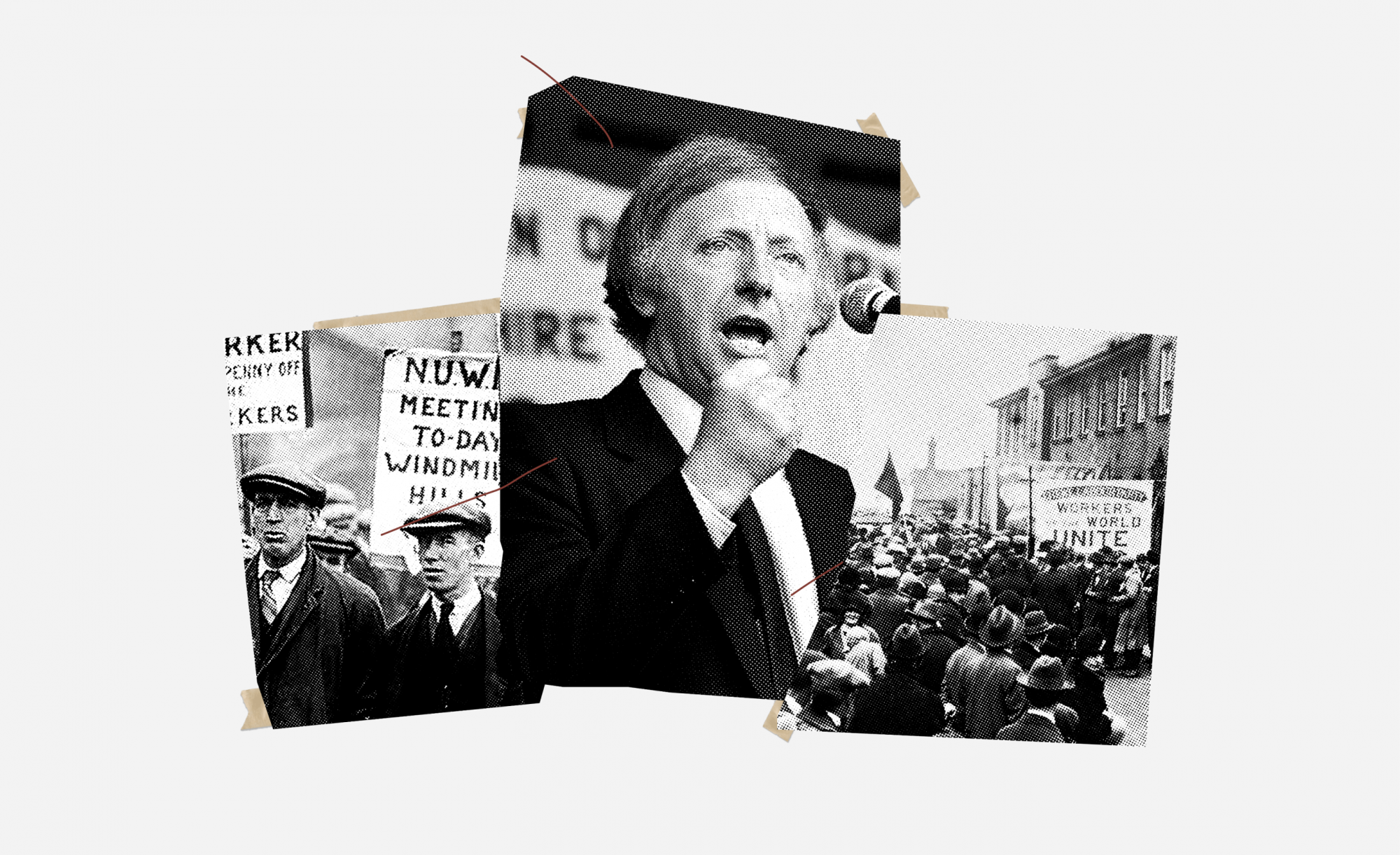Illustration by Zeyd Anwar
Trade unions have been a powerful force etched into British history. What began as associations of traders (guilds) in medieval Britain later developed into self-organised unions in the 17th century. Such unions eventually gained political recognition — in the early 1820s, the repeal of The Combination Acts of 1799 and 1800, driven by Luddite protestors, enhanced the legitimacy of worker organisation. Trade union activity later grew in scale. Along with demographic appeal and greater union membership throughout the 1800s, the legal recognition of trade unions came to fruition. The Trade Union Act of 1871 was pushed through Gladstone’s tenure, and trade unions have since aligned themselves with the political Left, supporting the Labour Party and joining its Representation Committee. Len McCluskey, the General Secretary of trade union Unite, wielded mass influence on the Party’s politics under Jeremy Corbyn as its largest single donor. Through the grace of the ballot, staged strikes and collective bargaining, organised unions have given us higher wages, tolerable working conditions, equal pay for women, job security and the abolition of child labour.
But are organised unions a relic of the pre-digital, Oliver Twist-inspired era? For the past year, much of modern life has been relegated to the digital screen. The working world has adjusted to the normalisation — and romanticisation — of remote working. Regular office-goers have indulged in the novelty of working in pyjamas, making home-cooked lunches and have savoured every extra-minute of sleep. But a few months in and the tolls of isolated working have taken a collective impact. Workers have become more critical of our new normal, asking whether it is a blessing in disguise or a faux friend that has weakened our collective voice.
In Britain’s third lockdown, workers mourn the death of the shared workspace and its sense of community. They flit between workplaces as digital atoms of their physical selves, existing via Zoom and experiencing the lifecycle of work through virtual messaging apps. In this new world of work, meetings are avoidable, catch-ups uncosy, and attempts to bond are contrived and awkward. Yet the great irony of the pandemic is that it has replaced solidarity with a renewed sense of individualism, one that places a premium on individual interests, individual working conditions and individual performance. For a nation with almost 24% of its workers as members of trade unions, discussions of worker organisation in this context have often faced a bleak analysis.
But perhaps the crux is this: organisation has not disappeared; it has simply shifted online. While trade unions cannot succeed in their current form, their relevance in a remote world of work remains. Last week’s GameStop debacle — where a group of day traders organised on Reddit to move markets and send Wall Street into panic-buying — is a potent reminder of the power of low-cost, low-risk digital organisation. The consequences are a case in point: their collective trading of GameStop stock soared share prices from $20 to $483, forcing institutional hedge funds to close their short positions and mitigate billions of dollars’ worth of losses.
Boycotting companies via trending hashtags on social media platform Twitter is another illustration of the potential of remote organisation. In a hyper-competitive globalised economy, any brand is only a few viral tweets away from a PR scandal. The increasing traction of user-generated digital content forces brands to immediately U-turn on a change in policy or scramble to give a justified response. Netflix’s criticism over re-uploading popular shows like The Vampire Diaries, or WhatsApp halting their new privacy policy attest to this. End-users, however, are not only the participants in this form of digital protest: advertisers also play a role. Many were quick to stage a boycott of Facebook after their position on legitimating hate speech content that was made public. The global participation of protestors — inherent to the internet and aided by algorithms — offers a more promising future for trade unions beyond their traditionally local and national appeal.
Sometimes, the sheer scale of digital organisation can be insidious. Traditional ‘sit-in’ protests and boycotts designed to disrupt buildings on the street have increasingly shifted to the likes of Denial of Service and Distributed Denial of Service Attacks. While criminalised under the Computer Misuse Act — largely due to the disproportionate economic harm to third-parties — criminal protestors or ‘hacktivists’ like Anonymous have leveraged the mechanisms of the internet for their own demands. Groups like Anonymous are able to deny service of a webpage to all other users by a devastating tactic: they overload a website’s servers at their own discretion, virtually holding the website and its data hostage until their collective interests are met.
Within this, there could be a legal blueprint for trade unions to reinvent themselves for effective online organisation. It is true that unity can be hard to find in the disconnected corporate cyberspace. But like many companies and industries facing an existential crisis as the world becomes increasingly digital, trade unions may have an opportunity for soul-searching in order to survive in a digital age. In the end, they may be surprised to find that all the cards lay in their favour.

